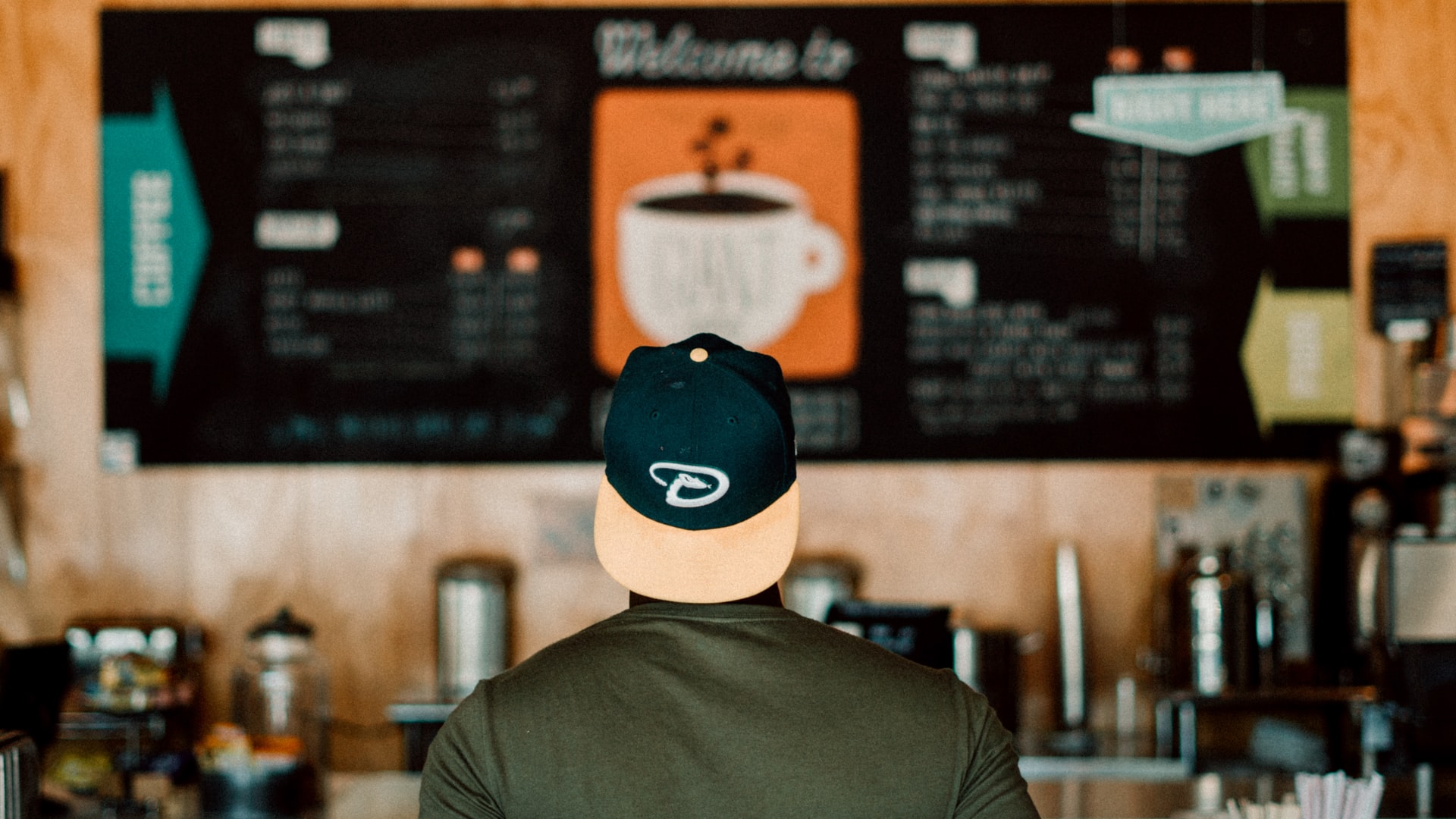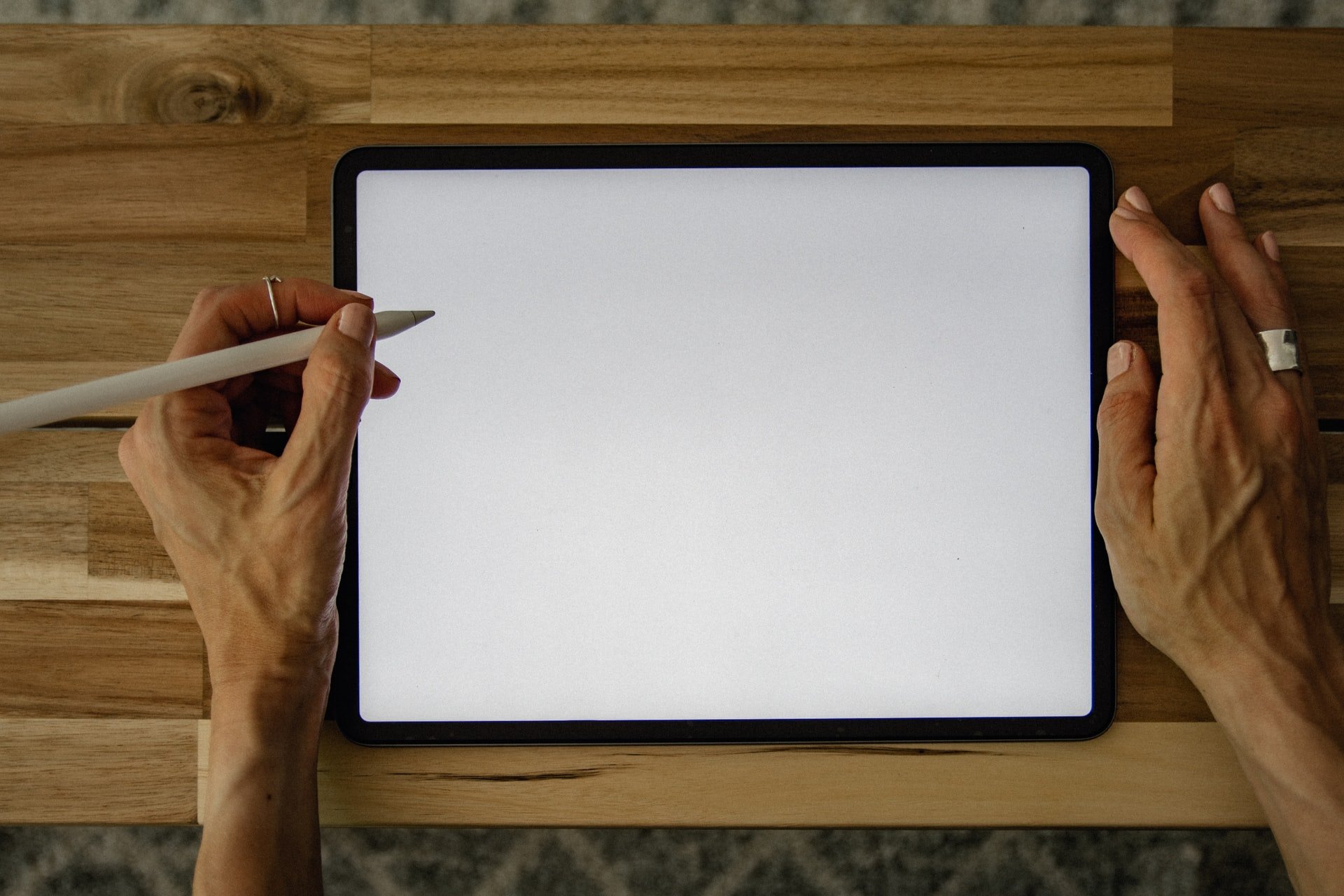Menu Engineering and Psychology For Digital Menu Boards
The practice of menu engineering and psychology is not new and it is well established that an effectively designed menu can increase restaurant...

Digital Menu Boards (DMBs) are a fantastic tool for restaurants and c-stores looking to improve sales. Since the brain processes an image 60,000 times faster than text and often creates an emotional connection with the image, that often results in a sale, it is no surprise that DMBs are being rapidly adopted across industries. If you are still on the fence about adopting digital menu boards, here are 4 basic and 1 advanced ways digital menu boards can help you sell more in your foodservice business.
Digital Menu Boards Entice Customers to New Experiences
Akin to retail merchandising, DMBs encourage customers to try new experiences by showing appealing pictures of menu items so that customers can see what a particular entrée looks like before placing their order. Depending on the concept of your restaurant or c-store, DMBs should also include descriptions that appeal to the senses and recommended food pairings as well. Such suggestions are helpful to customers who may be in a hurry or who may not be familiar with certain types of cuisine as they seek out new experiences.
Comply With Healthcare Regulations... and More
Healthcare regulations for the foodservice industry frequently change and are becoming more prominent. Chain foodservice organizations need to display calorie counts next to each menu item and it's foreseeable that in the not too distant future, there may be requirements to identify the carbon footprint of a given menu item. DMBs are easily modified and updates pushed to all stores in a chain as needed and as regulatory requirements change.
Use Menu Psychology and Integrate Eye-Tracking Technology
In the past, menu design has largely been an art, but eye-tracking technology brings a data-driven component to the content displayed on DMBs. Next-generation eye-tracking allows for heat mapping over displays to aggregate and understand what customers are focused on during different dayparts. Using this technology to gather data on visual preferences allows you to quantify menu psychology through experimentation and testing to optimize menu design and the digital space available to maximize sales.
Promotions, Upsells, and Add Ons
When digital menu boards are set up the right way, they are very effective at increasing customer purchases. Digital menu boards should include pricing information and promotions that are currently running (such as a buy-one-get-one-free offer or combination pricing). In an earlier paper, "Digital Menu Boards and ROI," Digital Signage Today suggested that an average sales uplift of 3 to 5% was the norm with DMB deployments, with some increases as high as 20%.
DMBs are also used to help sell additional products by displaying them next to a particular entrée in an eye-catching way. For example, a sandwich shop can display side items such as soups, chips, drinks, or cookies to encourage customers to order them with their sandwiches.
Displays should be programmed to emphasize "upsells" and "add-ons." An upsell is an additional product or service that a customer can order with their basic food or beverage item. Add-ons are products that are already included in the price of the basic menu item, but DMBs can prompt customers to add additional items such as dips and salad dressings.
Easily Handle Dayparts
If your business serves multiple dayparts with different menu options, DMBs allow you to easily update signage throughout the day to reflect breakfast, lunch, and dinner menus, as well as corresponding specials. Additionally, changing between seasonal offerings is a snap with DMBs.
Pulling it all Together
DMBs are quickly becoming industry standard and new use cases are being discovered to further increase sales and enhance customer experiences. As we move past "digital menu boards, version 1.0," we are beginning to see the implementation of eye-tracking and other technology to bring more data to the art of menu engineering and psychology, allowing for the rapid iteration of new layouts and content to further increase an already significant return on investment scenario.

The practice of menu engineering and psychology is not new and it is well established that an effectively designed menu can increase restaurant...